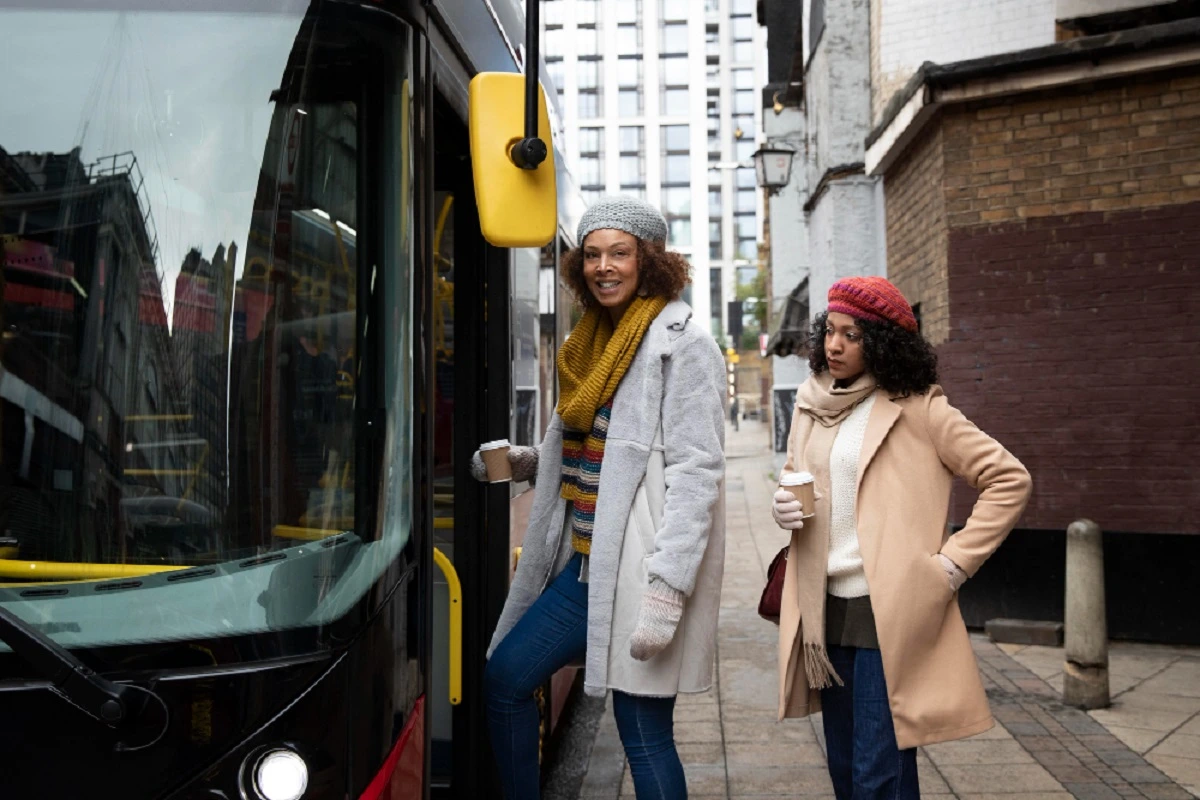New York City, known for its iconic landmarks and vibrant culture, also boasts a complex and efficient public transportation system. From the subway to ferries, the Metropolitan Transportation Authority (MTA) manages a vast network that makes traveling around the city relatively easy. In this article, we explore the various modes of public transport available in New York City and their associated costs.
Overview of New York’s Public Transportation System
New York’s public transport system stands out as one of the most comprehensive in North America. Unlike other cities in the U.S. where car ownership is often necessary, New York’s public transit network offers multiple ways for residents and visitors to travel the city. The MTA oversees most of the public transportation, including the subway, buses, trains, and ferries.
Key modes of public transport in New York:
- Subway: The heart of New York’s transportation system, connecting various districts across the city.
- Ferries: Free and paid ferry services connect Manhattan to nearby areas like Staten Island.
- Trains: The Long Island Rail Road (LIRR) is another key train service operating under the MTA.
- City Bikes: These are available for rent throughout the city, offering a unique way to explore.
- Rickshaws and Horse Carriages: These are available for short rides around tourist-heavy areas like Central Park.
Detailed Overview of Transportation Options
1. Subway System
The subway system is one of the most popular and affordable modes of transport in New York. A single ride costs $2.75, regardless of the number of stations traveled. However, during peak hours, the system can be crowded and sometimes unkempt. Despite this, it remains a convenient and cost-effective way to navigate the city.
- Ticketing: Tickets can be purchased using a MetroCard, which can be loaded with credit or a monthly pass.
- Operation: The subway runs 24/7, making it a reliable option at all hours of the day.
2. Long Island Rail Road (LIRR)
For those traveling to or from the outskirts of the city, the LIRR offers a more comfortable alternative to the subway. Ticket prices vary based on distance and time of day, with peak hours being more expensive.
- Peak hours: Expect higher prices (around $12.50) during rush hour.
- Off-peak hours: Prices drop significantly, with fares starting from $6.
3. Ferries
Ferries are a scenic and free way to travel around New York. The Staten Island Ferry, for example, offers a 24-hour free ride with stunning views of the Statue of Liberty and the Manhattan skyline.
- Free Ferry: The Staten Island Ferry runs at no charge and offers a beautiful, relaxing ride.
- Paid Ferries: There are also paid ferry services operated by the MTA, offering additional routes across the waterfront.
4. City Bikes
New York also offers a bike-sharing system, with bikes available for rent via the LYFT app. A daily pass costs $15 for unlimited 30-minute rides.
- Cost: $15 for 24 hours, with the option to rent bikes for shorter periods.
- Usage: Riders can return the bikes to any designated docking station.
- Limitations: Additional fees apply if the bike is rented for more than 30 minutes at a time.
5. Rickshaws and Horse Carriages
For tourists looking for a more leisurely way to explore, rickshaws and horse carriages offer an iconic New York experience.
- Rickshaw: Prices are usually negotiable, but they can be expensive, with rates starting at around $6 per minute.
- Horse Carriage: A 20-minute ride in a horse-drawn carriage around Central Park can cost up to $63.
Other Travel Considerations
Taxi and Ride-Sharing
New York offers several options for taxis and ride-sharing services, including:
- Uber and LYFT: Widely used across the city, though prices can be high, especially during rush hours.
- Yellow Taxis: A more traditional option, also available on a metered fare basis.
Conclusion
New York’s public transportation system is diverse, offering something for everyone. From the iconic subway to the scenic Staten Island Ferry, there’s no shortage of ways to explore the city. For budget-conscious travelers, the subway and free ferries offer the best value, while tourists may enjoy the experience of riding rickshaws, horse carriages, or city bikes. With various fare structures, it’s important to plan accordingly, especially when traveling during peak hours. Whether you’re a local or a tourist, New York’s public transport network ensures that you can get around the city efficiently.
For further exploration of New York’s transport system, you may want to download the MTA app or refer to city guides that provide detailed information on routes, schedules, and fares.
